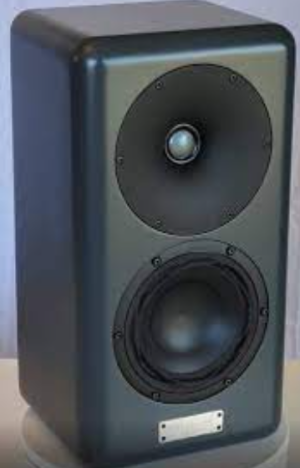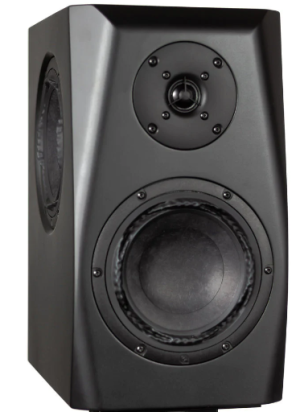What what level of db would this really be promitent: for information only.I just looked at Tekton's page and saw that all their tweeters are flush-mounted..

Category: Monitors
tektondesign.com
For every company that can be cited as an example for non-flush mounted drivers, I can cite 100 other companies who do take the pains to flush mount drivers because they understand the engineering compromise involved..
Category: Center & Surround Speakers
tektondesign.com
Here is a relatively recent video about what Erin had to say about this matter:
The midbass/bass driver flush mounting may be less of an issue (depending on the crossover point) w.r.t high-frequency diffraction.
As I and others have repeated over and over in the past (in this forum), flush mounting is just a small part of the overall design optimization for a small 6.5-inch 2-way kind of speaker. More important aspects involve the overall baffle and cabinet shaping, considering the directivity targets of the design and crossover design. The effect of high-frequency diffraction is commonly seen in frequency response as a series of peaks and dips in the frequency response. However, their probably more audible effect is the screwing up of timing/smearing of imaging compared to a better-designed speaker at relatively high volume levels.
However, their probably more audible effect is the screwing up of timing/smearing of imaging compared to a better-designed speaker at relatively high volume levels.



